Rover Perseverance: The Most Technologically Advanced Rover Ever
NASA's Perseverance landed safely in Jezero Crater on Mars on 18 February. I am pretty much excited about the successful landing of the perseverance rover. Constantly imagining all the possibilities it can bring. Perhaps one day we may find aliens.👽
I continue to be amazed by the marvelous technological achievements we have done to understand the universe. No matter how much we explore it remains incomplete. The universe is full of mysteries and by the successful landing of perseverance, we have come a little closer to figure out some of the mysteries.
Have you ever wondered what technologies are packed in the perseverance rover? Here are some of the technologies you haven't heard about yet.
Perseverance is carrying an advanced payload of science instruments to gather information about Mars' geology, atmosphere, environmental conditions, and potential biosignatures.
- MEDA: The Mars Environmental Dynamics Analyzer. It's a Spanish-built sensor to measure wind speed and its direction, temperature, humidity, amount, and size of dust particles.
- Mastcam-Z: An advanced camera system with a zoom function. It will take high-definition video, panoramic color, and 3D images of the Martian surface. It will also investigate the detailed features in the atmosphere with a zoom lens.
- MOXIE: MOXIE or The Mars Oxygen In-Situ Resource Utilization Experiment is perhaps the most fascinating experiment ever conducted on mars. It will produce oxygen from the Martian carbon-dioxide atmosphere for breathing and fuel. Previously astronauts produced oxygen in the International Space Station. So what's the difference? Well in the ISS most of the oxygen is produced by electrolysis in which electricity is run through water splitting the oxygen from hydrogen. But MOXIE will produce oxygen from the carbon dioxide present in the Martian atmosphere.
- PIXL: The Planetary Instrument for X-ray Lithochemistry aka PIXL. It can identify chemical elements precisely. It also has a camera that takes close-up images of rock and soil textures. It can see features as small as a grain of salt! Together, this information helps scientists look for signs of past microbial life on Mars.
- RIMFAX: A Norwegian-built ground-penetrating radar that will try to understand the geological features under the surface of the mars.
- SHERLOC: The Scanning Habitable Environments with Raman & Luminescence for Organics & Chemicals has a nickname: SHERLOC. Mounted on the rover's robotic arm, SHERLOC uses cameras, spectrometers, and a laser to search for organics and minerals that have been altered by watery environments and may be signs of past microbial life forms and potential biosignature.
- SuperCam: The SuperCam on the Perseverance rover examines rocks and soils with a camera, laser, and spectrometers to search for organic compounds that could be related to past life on Mars. Its main job is to identify the chemical composition of rock and soil.
- Ingenuity: Ingenuity is a 1.8 kg helicopter that will try to fly on Mars's thin atmosphere. The atmosphere of Mars is just 1% the density of Earth's. This makes it harder to generate the lift required to get off the ground. It is planned to make the first powered flight on any planet beyond Earth. Equipped with two counter-rotating blades that spin in opposite directions at around 2,400 rpm, the helicopter can take color images with a 13-megapixel camera.
It is indeed true that Perseverance is the most advanced astrobiology lab. Now we can hope that it will deliver valuable information which will help us to colonize Mars.
Now I would like to hear from you. Which instrument do you like most? Leave a comment and share on social media.


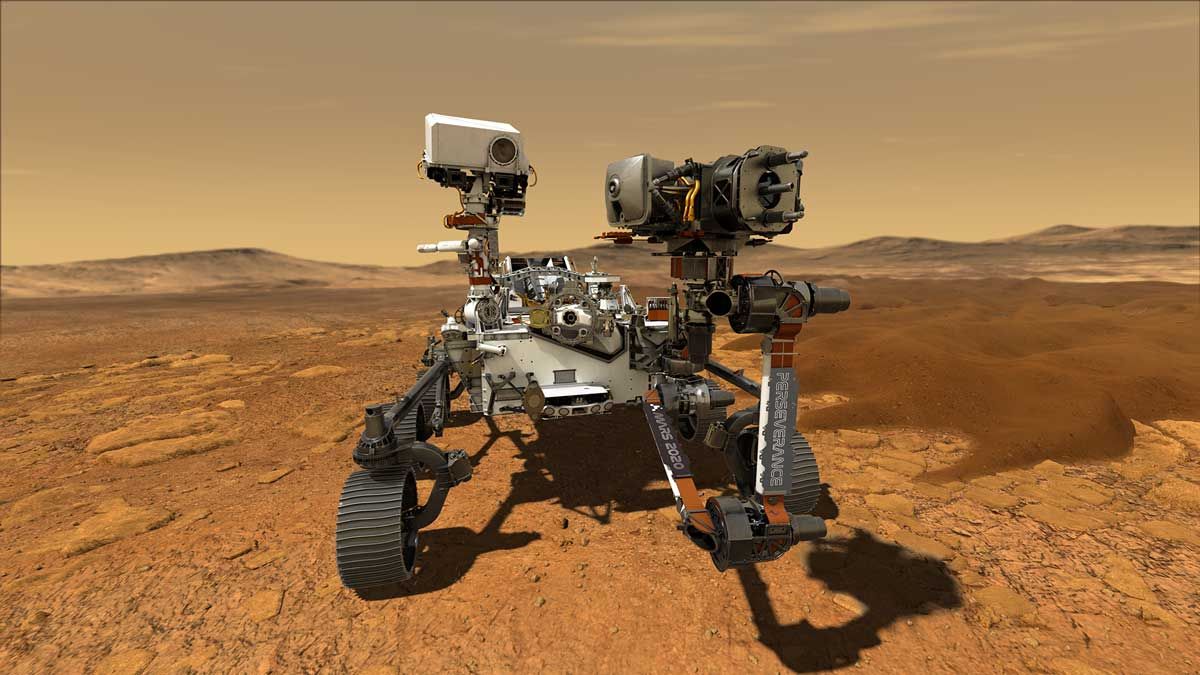
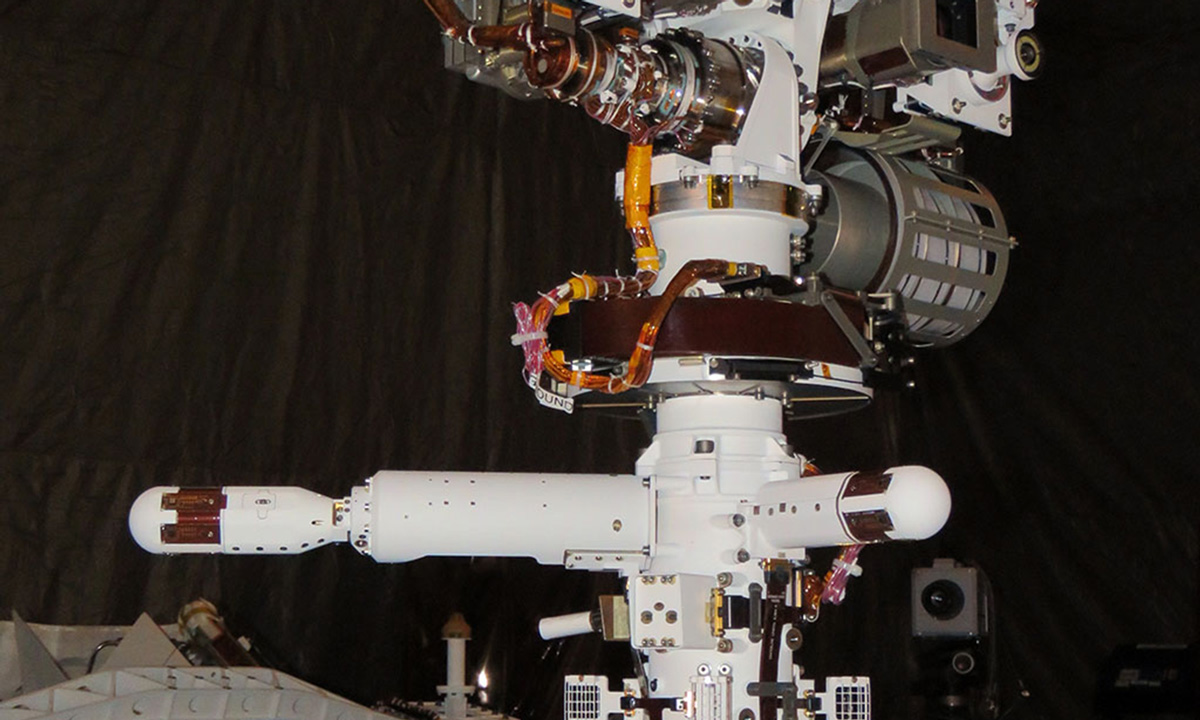
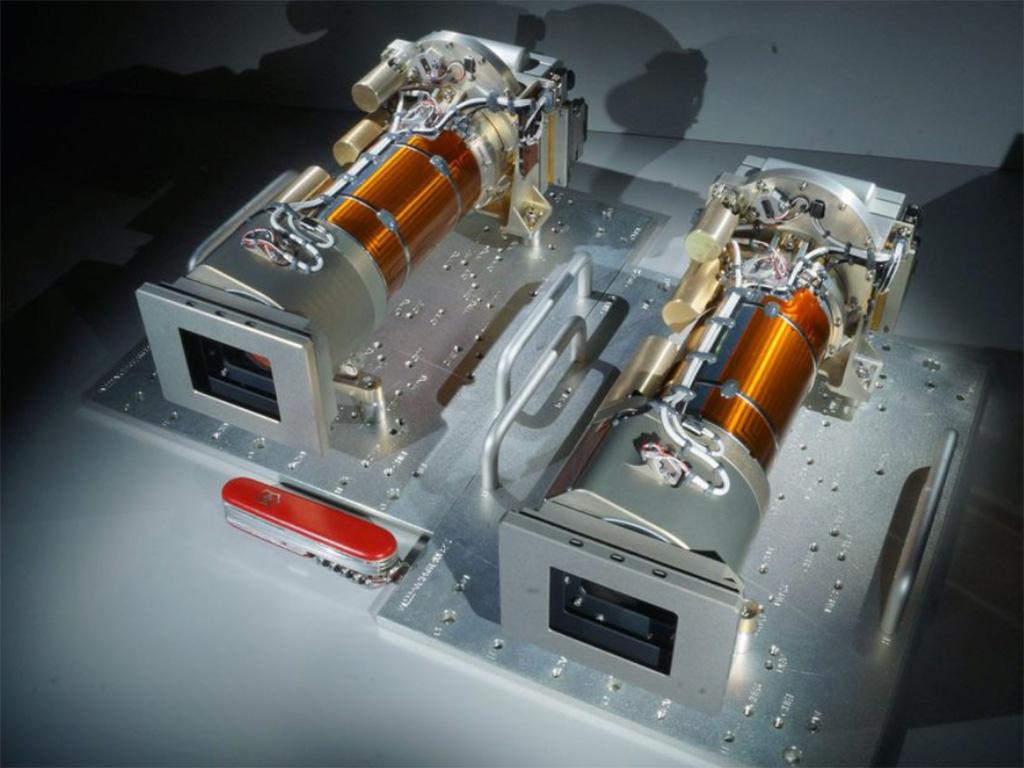
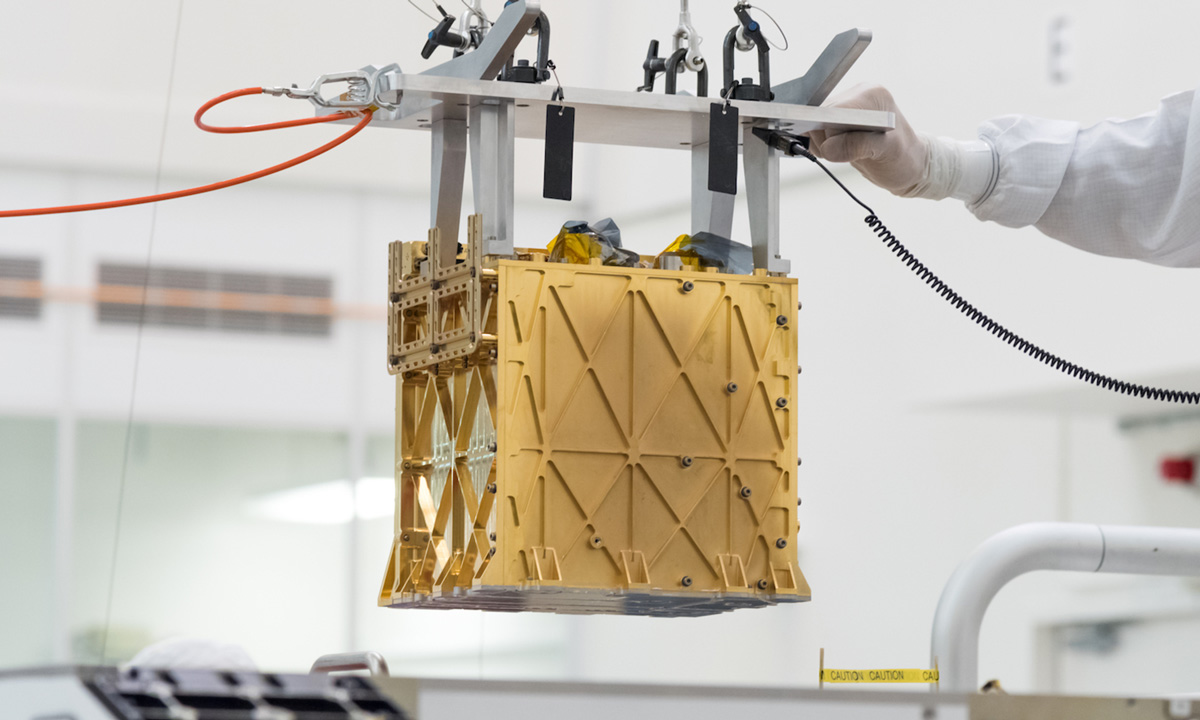
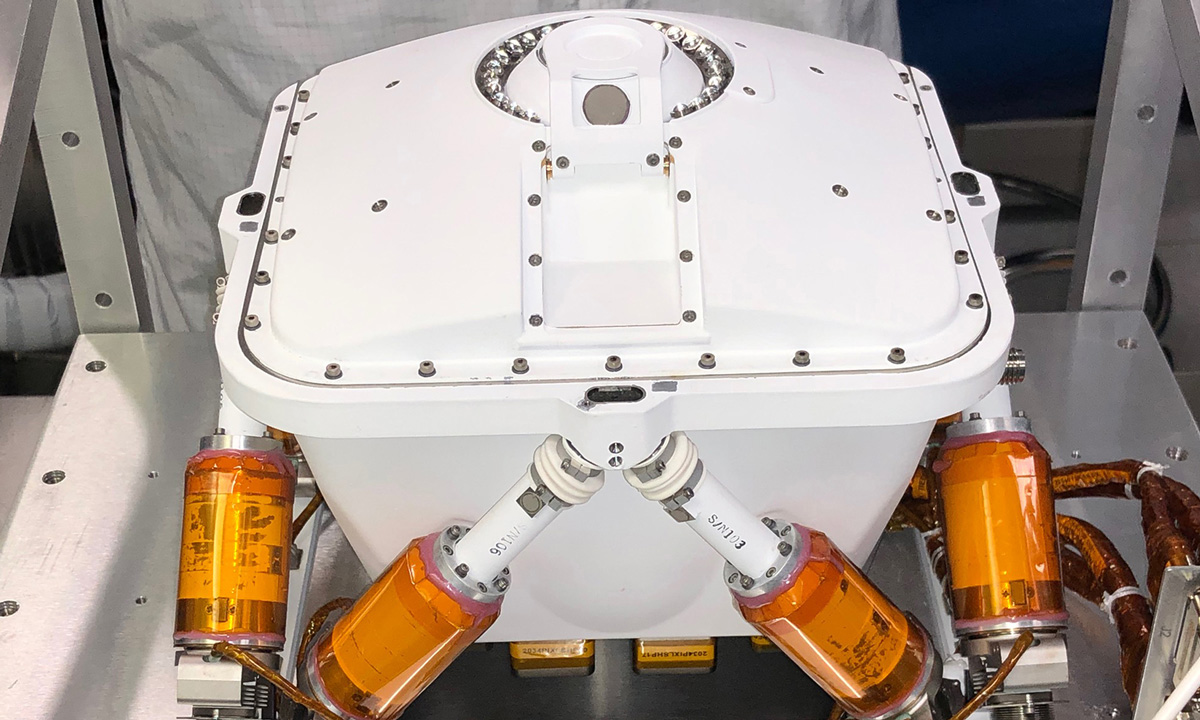
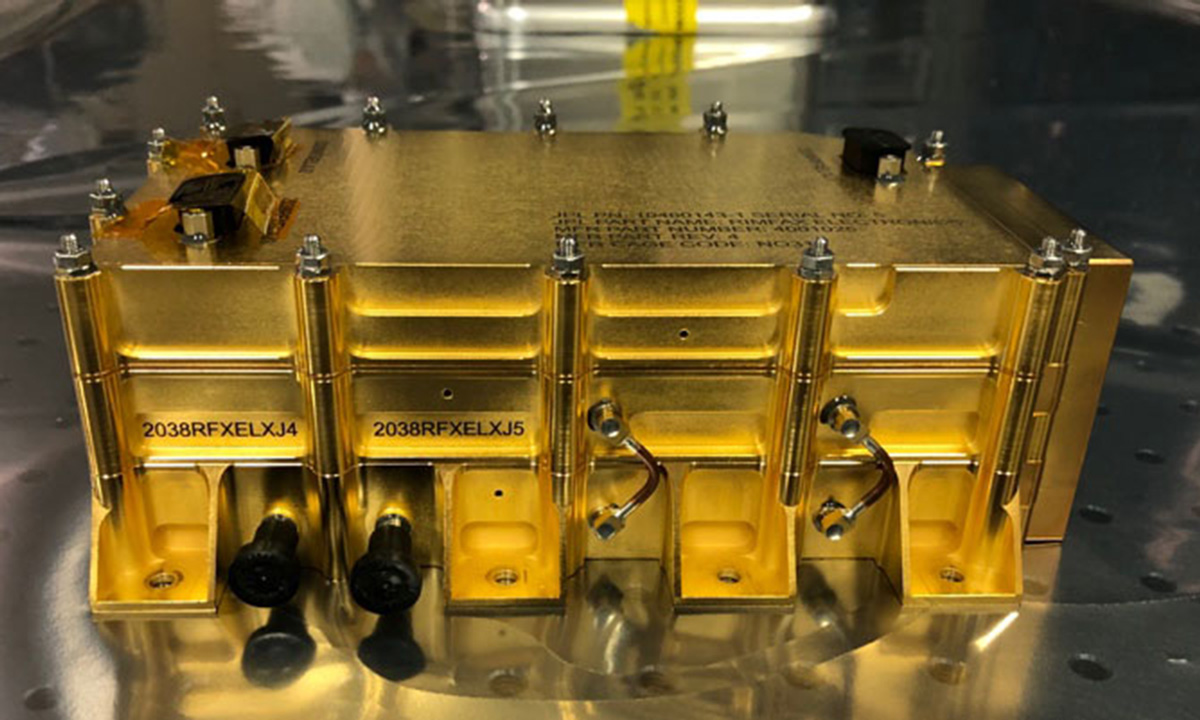
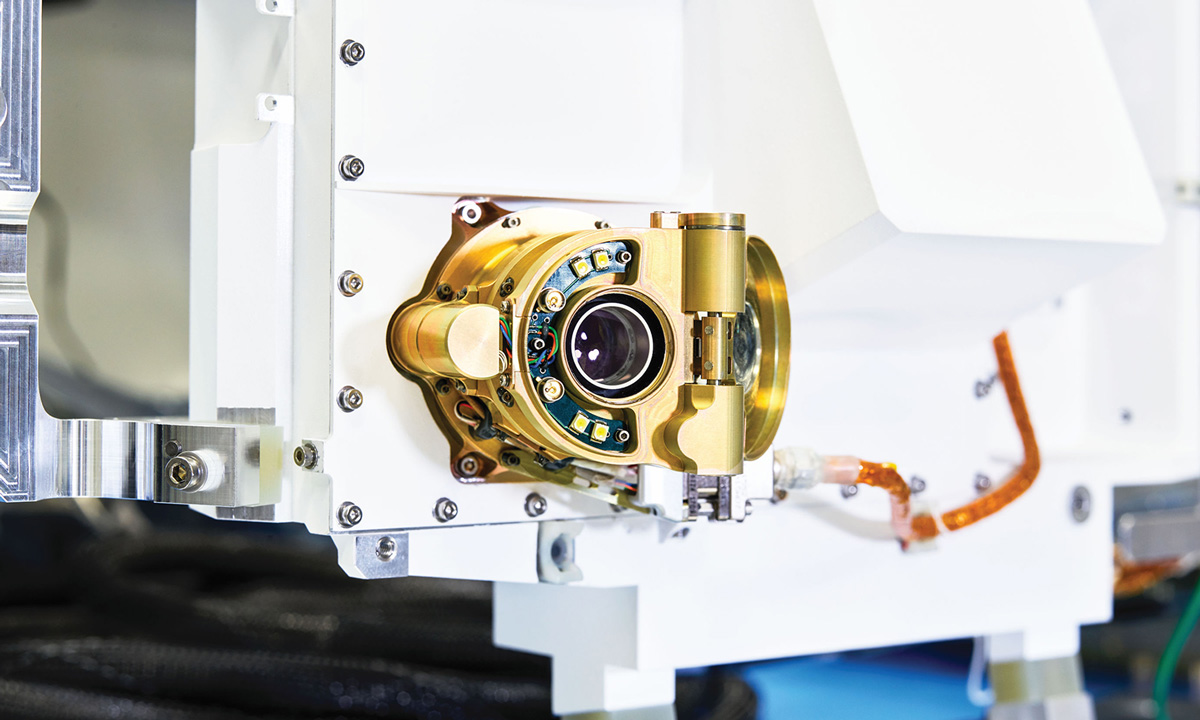
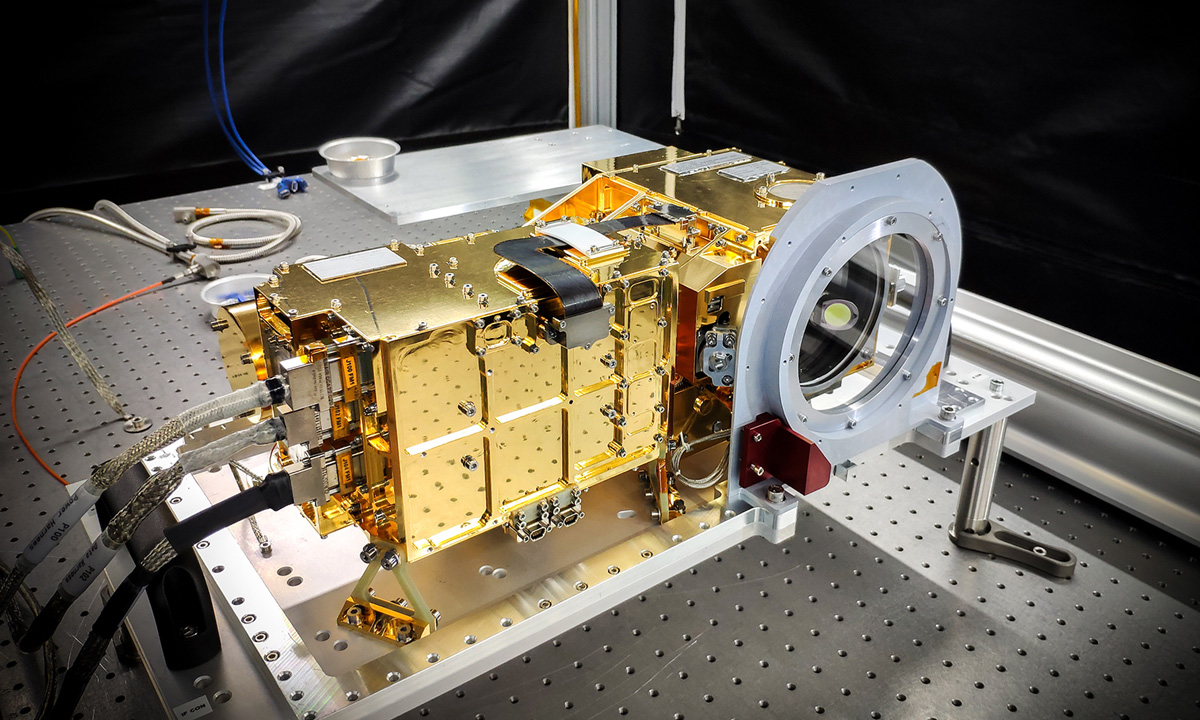



0 Comments